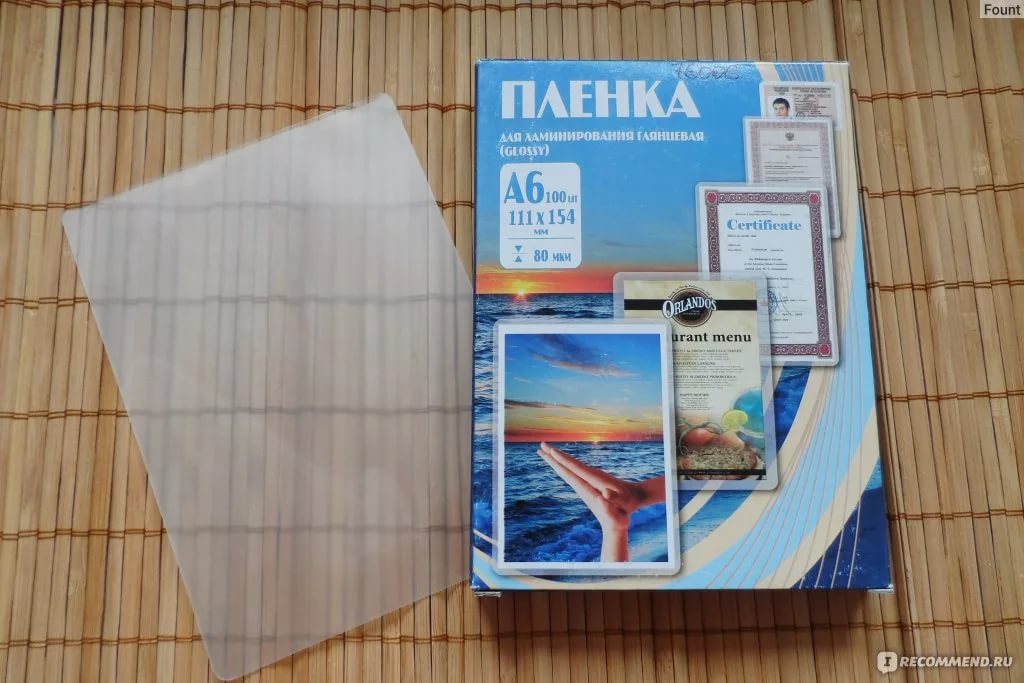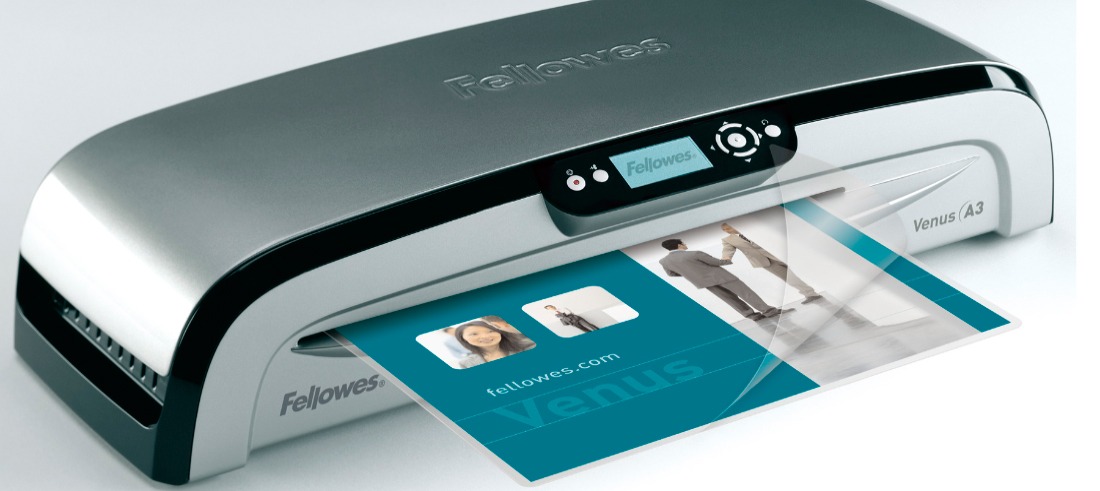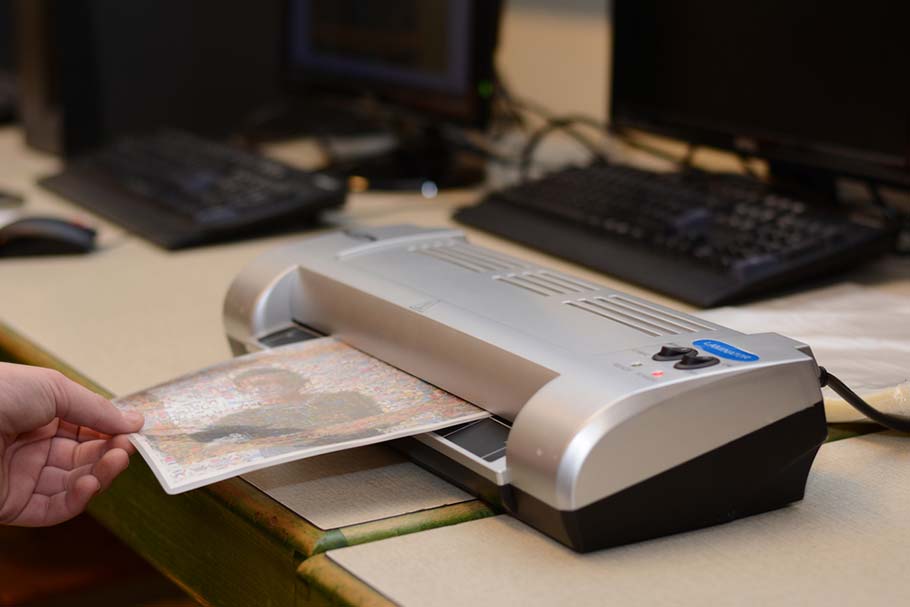Laminating paper at home without a laminator
 In everyday life, people very often have to use various documents. Unfortunately, not all of them are made of thick, high-quality paper or have a casing or cover to prevent damage. In these cases, lamination comes to the rescue. That is coating of a paper sheet with a plastic shell, making everyday carrying of such documents safer. This deprives their owner of worry about the safety and appearance of the necessary papers. However, it happens that something needs to be laminated very urgently, and special equipment for this is not at hand. It's not scary! The protective shell can be made even without a laminator.
In everyday life, people very often have to use various documents. Unfortunately, not all of them are made of thick, high-quality paper or have a casing or cover to prevent damage. In these cases, lamination comes to the rescue. That is coating of a paper sheet with a plastic shell, making everyday carrying of such documents safer. This deprives their owner of worry about the safety and appearance of the necessary papers. However, it happens that something needs to be laminated very urgently, and special equipment for this is not at hand. It's not scary! The protective shell can be made even without a laminator.
Next, we will consider several simple methods that allow you to carry out lamination yourself using improvised means.
The content of the article
Lamination materials
Before proceeding with the lamination procedure at home, you should consider the necessary materials that you need to stock up on before work.
REFERENCE! Materials are selected depending on the lamination method that will be chosen.
File
One of the simplest ways is lamination using a regular stationery file. This method is the most budget-friendly; it only requires an iron, a sheet of paper and, in fact, a file.
Lamination film
You can use a special film for laminator. It is usually sold in packs of 100 pieces, is not expensive and can be found on the shelves of almost any hardware or office supply store.

REFERENCE! Films differ in thickness, which is measured in microns. The range of film selection is quite large: from 77 to 200 microns, where 75 is the thinnest and 200 is the densest film.
It's difficult to tell which film to choose. Many people like those that are “thinner”. Look at those papers that are already covered with such protection. This will help you understand what layer you want to get.
The film itself is a kind of “pocket”, the sides of which can be connected either vertically or horizontally. There is a thin layer of glue inside; when heated, it sticks the film to the paper.
Additional materials
- To secure the protective layer it is necessary iron.
- It will be impossible to do without scissors and ruler.
How to mine text at home without a laminator
Despite the abundance of ways to carry out this procedure at home, they are all done according to approximately the same instructions, where only the starting materials can be swapped.

- Take a home iron, which needs to be brought to its medium temperature.
IMPORTANT! When heating, you should be very careful, since in case of overheating there is a high risk of ruining both the film and the document itself.
- The required document is located between the parts of the film pocket.
- From the corner where the halves are joined, the entire surface is carefully ironed, rubbing out any bubbles that appear.
- During the “gluing” process, under the influence of temperature, if the film was matte, then it should acquire transparency and become hard to the touch.
- If you don't heat the iron too hot, it won't stick to the plastic in the process. However, to avoid damage to materials It is recommended to use a sheet of paper as a spacer.
- If an air bubble has formed during the lamination process, you can try to remove it with a regular dry cloth.





